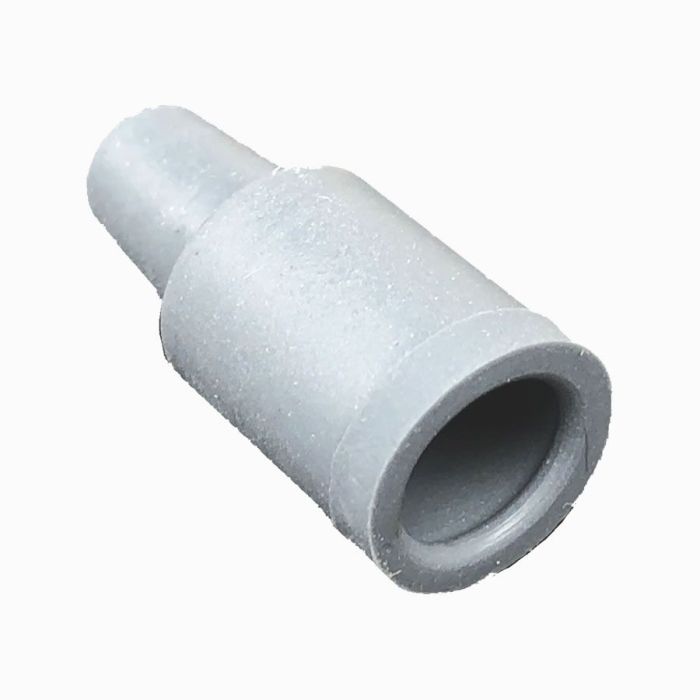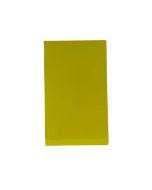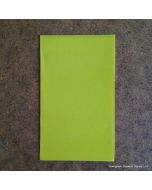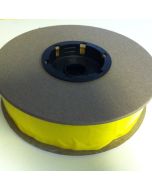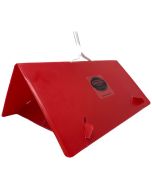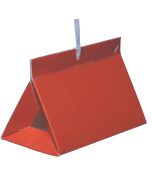Lesser Date Moth Lure
Latin Name: Batrachedra amydraula
Lure: Gray Rubber Septum
Lure Active Ingredient: Z5-10Ac and ZZ-4,7-10Ac
Field Life: 5 weeks
Trap to Use: Red Plastic Delta Trap
Monitoring Strategy: Place 1-2 baited traps per ha. Place traps 6-8 m above the ground. Check the trap weekly. Replace the lure and sticky liner every 30 days.
Cultural and Physical Control: Several cultural practices may reduce injury by lesser date moth. Sanitation and mechanical fruit protection can substantially reduce damage caused by this pest. Removal of fall fruit and pruning of bunch remain after harvest will reduce future populations. Bunch covering with light cloth will prevent current infestation by lesser date moth. Check with Cooperative Extension or Master Gardener for local information and recommendations.
Distribution: From Bangladesh to western Saudi Arabia, Yemen, Israel, Iraq and Iran, as well as most of North Africa.
Hosts: Date palms.
Description: Adult moths: The adults are small with fringy wings brownish color, marked by a grey longitudinal central stripe on the forewings. Wingspan 10-14 mm
Larvae: Orange to orange-brown. One larva damages several fruits.
Eggs: 0.7 mm in diameter and yellow with a pearly sheen
Life Cycle: It is one of the most important pests on date palm that may cause more than 50% loss of the crop. There are three generations per year in the United Arab Emirates. The first larvae appear in April and damage newly formed fruits. They are dormant from August to March of the following year, resting between the bases of the terminal fronds. Pupation takes place in March and adults emerge in April.
